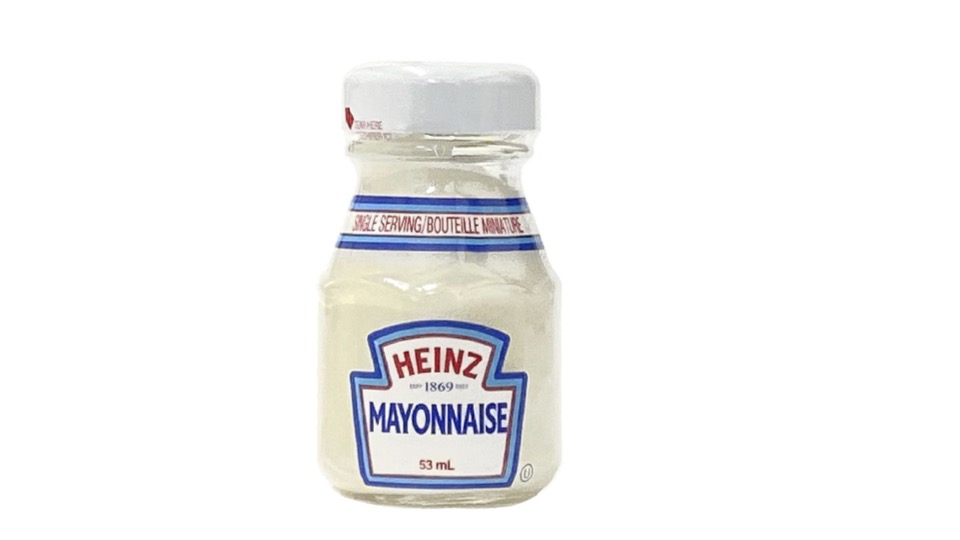- Home
- About Us
- The Team / Contact Us
- Books and Resources
- Privacy Policy
- Nonprofit Employer of Choice Award

We hear it all the time. Stories are important. Okay – but WHY do they matter so much?
In order to understand why stories resonate so well with people, let’s take a quick look at two streams of thought: evolutionary anthropology and neurology. Now, these subjects sound awfully boring – but I promise that they’re not!
Let me start by telling you that stories are worth money. And, good stories are worth a lot of money. Here’s one example. There’s a really cool article in the Harvard Business Review that told the story of a New York Times writer who did an experiment.
After wondering why some types of a certain product cost SO much more than others, he concluded that the extra value some items commanded was due to factors beyond quality and functionality. He was right. He found that when he added a great story to an everyday cheap item, that item  skyrocketed in price. In one case he took a 99 cent mini-jar of mayonnaise, created a story about it and then sold it on E-bay for $54. It was the story that added $53 to the price!
skyrocketed in price. In one case he took a 99 cent mini-jar of mayonnaise, created a story about it and then sold it on E-bay for $54. It was the story that added $53 to the price!
So yes fundraisers, a good story makes more money!
Our brains are wired for storytelling
When the MRI machine was first put into use in the 1990s, we began learning how the human brain REALLY functions. We also learned that much of our previous “knowledge” about the brain was just dead wrong. (My economics degree from before 1990 proves it!) We now know that when someone reads tables, graphs and charts, only a couple of parts of the brain are engaged and doing something. But, when the brain is listening to a story, it’s firing in many places. Stories cause us to pay MUCH closer attention than just charts, facts and numbers.
Then, there’s the evolutionary anthropology of storytelling. Every living species, including humans, has two instinctive drives that drive us at our most basic level – survival of the individual and reproduction (survival of the species). Every living organism from a tulip to a tarantula will do everything in its power to stay alive and to create offspring. We developed storytelling as an important tool in our own survival.
The first evidence of human written language comes from ancient Iraq and dates back to 3500 BCE. I believe that we invented language so that we could tell stories. Our ancient ancestors knew that if they could pass on stories – about where to find food or escape predators – everyone would have a much better chance of living longer.
Think of storytelling this way: If you work with a PC, Windows is the operating system that allows everything to work. If you have an iPhone, it’s the IOS operating system that allows you to do everything a modern smart phone can do.
Now, consider your brain as the computer inside your body. That cerebral computer also has a communications operating system – and that system is storytelling. We are simply wired for it from countless generations of evolution.
In their book Made to Stick, Chip and Dan Heath tell the story of a research experiment where subjects were given a lecture about a subject – and then were tested six months later to see how much of the information had been retained. He found that his subjects only remembered 5% of the facts and figures – but they remembered 63% of the stories from the lecture. Stories are sticky. They stay in our brains while graphs and charts evaporate.
You may never have heard of a cognitive scientist named Roger C. Schank. He’s one of the world’s leading brain experts – and he’s considered by many to be the father of artificial intelligence. This guy knows a thing or two about how our brains work!
Schank has this to say on the subject, “Humans are NOT ideally set up to understand facts and figures; we ARE ideally set up to understand stories.”
So there you have it. Modern neurology proves that storytelling is highly effective at engaging the human brain in all sorts of places. We have evolved over millennia to tell stories to each other – to entertain, to educate, to connect and to inspire.
Now that we’ve talked about WHY stories work, we move on to WHAT happens to your audience when you tell a great story. Once you really grasp the WHY and the WHAT of storytelling, you’ll be well on your way to becoming a much better fundraiser!
Fraser Green is the co-author of “Iceberg Philanthropy” and “You Can’t Take It With You – The Art and Science of Legacy Fundraising” and the author of “3D Philanthropy.”